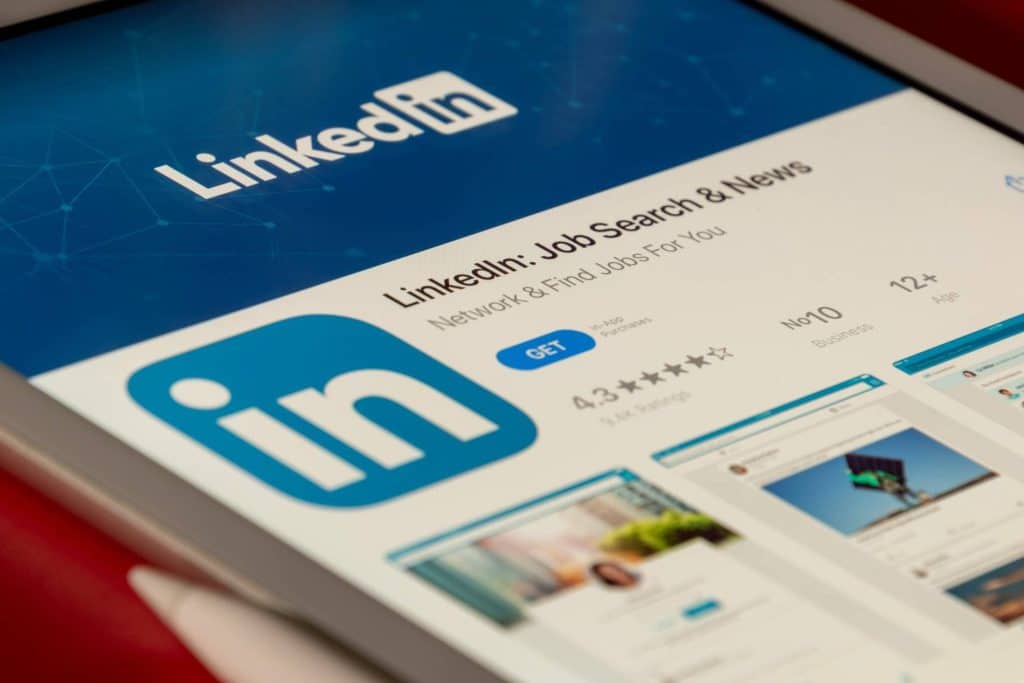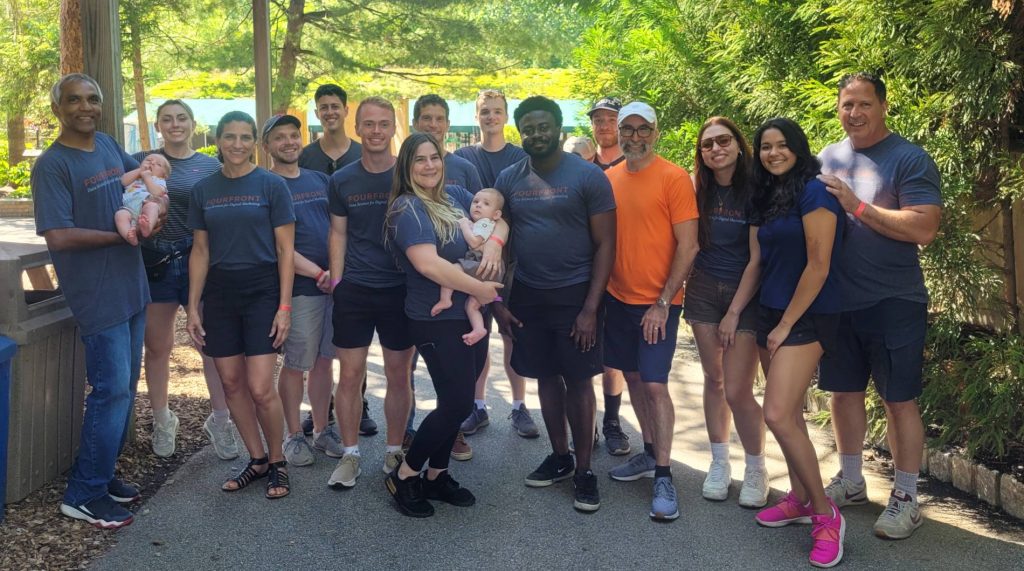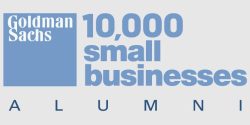This guide outlines best practices for using LinkedIn as part of your organic content strategy. It covers posting schedules, strategies for increasing referral traffic and visibility, leveraging engagement pods, and additional tips to optimize your presence on the platform.
1. Posting Strategies
As with any social media platform, posting consistently is an important part of your strategy. Utilize the on-platform post scheduler to plan out posts and set up a consistent posting cadence. We highly recommend time blocking and scheduling out multiple posts at a time.
How and When to Post
Consistency:
Post 1-3 times per week to maintain visibility without overwhelming your audience.
Optimal Times:
Post during peak activity hours, such as mid-morning on weekdays (e.g., Tuesday through Thursday between 8 AM and 11 AM).
Content Types:
- Text posts with a strong hook perform well.
- Visual content, such as images, videos, and carousels (multi-image PDFs), drives higher engagement.
- Thought leadership articles, how-to guides, and storytelling posts resonate with LinkedIn’s professional audience.
Engagement Timing
- Respond to comments within the first 12 hours to boost engagement and signal activity to the algorithm.
- Monitor engagement in the first 90 minutes after posting, as this is critical for maximizing reach.
2. Strategies for Referral Traffic vs. Visibility
Remember that you don’t have to choose referral traffic or visibility as an all-or-nothing thing.
For some posts and types of content, it might be best to try to drive clicks. For other types of content, you might just want to maximize your on-platform reach. It will have a lot to do with what point in the funnel your content is related to.
Think strategically about each piece of content and decide what format works best for the individual post.
Driving Referral Traffic to Your Website
Link Placement:
- Include links directly in the post body when your primary goal is driving clicks to your website.
- Use a clear call-to-action (CTA) that encourages users to click the link.
- Consider using LinkedIn’s native link preview feature, which displays a thumbnail image and title from your linked page.
Use LinkedIn Articles:
You can share long-form content with embedded links to provide value and encourage further exploration of your website.
Interactive Features:
Utilize LinkedIn’s clickable link stickers on images or videos via the mobile app to enhance click-through rates.
Increasing Visibility on LinkedIn
Link Placement for Visibility:
- If maximizing post reach is your priority, consider adding links in the first comment instead of the main post body.
- Another strategy is to edit the post later to include a link after initial engagement has occurred.
- Focus on “zero-click” content that keeps users engaged on the platform (e.g., insights, polls, or carousels).
- Use relevant hashtags (3–5 per post) to increase discoverability.
- Tag relevant individuals or companies in your posts to encourage engagement from their networks.
- Leverage employee advocacy by encouraging team members to share company content on their profiles.
3. Leveraging LinkedIn Engagement Pods
While LinkedIn’s algorithm may not officially endorse engagement pods, they can be an effective strategy for boosting post visibility.
Creating Your Own Engagement Pod
Form a dedicated group:
Reach out to 5-10 (or more) trusted peers, including colleagues, industry connections, and friends who are active on LinkedIn.
Establish clear guidelines:
Set expectations for engagement frequency, timing, and quality of interactions within the group.
For example, maybe you want to set up a group text or chat space with your pod and each be able to rely on the entire pod to react to and comment on your post within an hour of receiving a text about a new post.
Focus on relevance:
Ensure pod members have similar professional interests or industries for more authentic and valuable engagement.
Best Practices for Pod Engagement
Timely interaction:
Engage with pod members’ content within the first 30-60 minutes of posting for maximum impact on visibility.
Quality over quantity:
Provide thoughtful comments and meaningful interactions rather than generic responses. With a smaller group, each interaction should be more substantial.
Maintain authenticity:
Balance pod engagement with organic interactions outside the group to maintain a natural-looking engagement pattern. That is, don’t only engage with your pod’s content. Continue to engage in a normal, organic way with other content as well.
Benefits of Using an Engagement Pod
Increased visibility:
Early, focused engagement from a core group can significantly boost content in LinkedIn’s algorithm.
Deeper relationships:
A smaller pod allows for more meaningful interactions and stronger professional connections.
Manageable commitment:
With 5-10 members, it’s easier to keep up with everyone’s content and provide quality engagement consistently.
Cautions and Considerations
Avoid overreliance:
While pod engagement is helpful, it shouldn’t be your only strategy for visibility.
Rotate engagement patterns:
Vary the order and timing of interactions to appear more organic to LinkedIn’s algorithm.
Continuously assess effectiveness:
Regularly review the impact of pod engagement on your content performance and adjust strategies as needed.
4. Best Practices for Organic Growth
Content Creation
- Tailor content to your audience’s interests and challenges. Use storytelling and actionable insights to create relatable posts.
- Alternate between short-form updates and long-form articles for variety and depth.
- Incorporate visuals like infographics or videos for higher engagement rates (e.g., videos generate 98% more comments than text-only posts).
Engagement and Networking
- Actively engage with others’ content by commenting thoughtfully on posts within your niche. This builds relationships and increases visibility.
- Join relevant LinkedIn groups or create one to connect with like-minded professionals and share your expertise.
Profile Optimization
- Ensure both personal profiles and company pages are fully completed with professional photos, compelling descriptions, and clear calls-to-action (CTAs).
- Use LinkedIn SEO techniques by including relevant keywords in your profile and posts for better discoverability.
5. Additional Tips
Analytics and Iteration
- Regularly review LinkedIn Analytics to assess what types of posts perform best in terms of reach, engagement, and click-through rates. Adjust your strategy accordingly.
- Use UTM parameters in links to track referral traffic from LinkedIn in Google Analytics.
Employee Advocacy
Encourage employees to share company updates or participate in discussions. Their networks can amplify your content’s reach significantly.
Content Calendar
Plan a monthly content calendar that balances educational, inspirational, and promotional posts. This ensures a consistent flow of high-quality content tailored to your goals.
By following these guidelines, you can effectively use LinkedIn as a platform for organic growth, whether you aim to increase website traffic or build visibility within the professional community. Remember to adapt these strategies to your specific audience and business goals for the best results.









